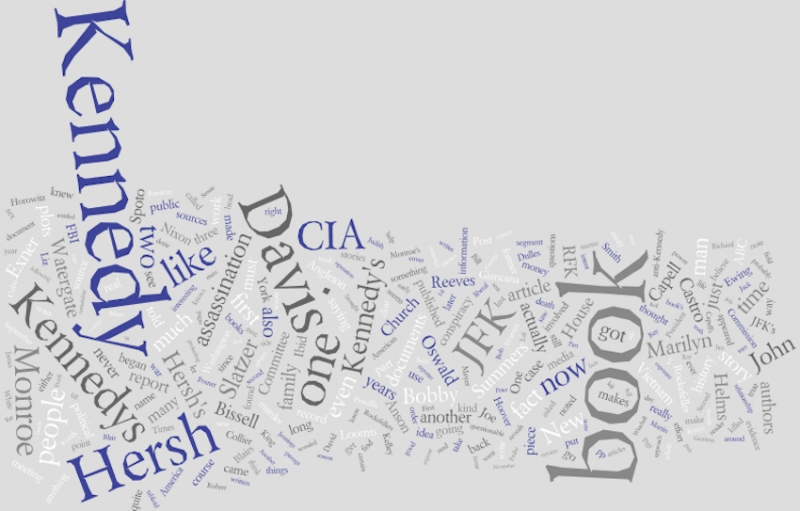Displaying items by tag: CIA
Sirhan and the RFK Assassination, Part II: Rubik's Cube
The second part of Lisa Pease's masterful review of the RFK assassination case, which focuses on alternate explanations for how and why RFK was murdered.
Harvey, Lee and Tippit: A New Look at the Tippit Shooting
An early draft of material on the Tippit murder later incorporated into John Armstrong's Harvey & Lee.
The Posthumous Assassination of John F. Kennedy
A classic and much-discussed essay which explores at length and in depth both the provenance and the evolution of these "JFK scandal stories" over a number of years: how they morphed over time at each appearance into something they were not when they first appeared.
What Did Otto Otepka Know About Oswald and the CIA?
On November 5, 1963, Otepka was finally formally ousted from the State Department. Just seventeen days later, Kennedy would be assassinated. And the killing would be pinned on the man Otepka was trying to investigate when he was removed from his office, writes Lisa Pease.
No Lieutenant Columbo in Mexico City
Lisa Pease examines the Slawson report in light of his willingness to be "guided" by the CIA, and concludes that it shows how once again the Commission deliberately ignored, misrepresented or played down evidence available to them.
The Paines' Participation in the Minox Camera Charade
The disappearance of this item which originally appeared on the (first) Dallas police list of Oswald's belongings points to collusion between the Paines and the FBI, argues Carol Hewett.
Thomas J. Dodd & Son: Corruption of Blood?; Dodd Part II: New Orleans and the Cover-Up
Lisa Pease explores Thomas Dodd's role in the Congo crisis and the Dodd connections to CIA and FBI assets in New Orleans in this provocative two-part article.
Ruth Paine: Social Activist or Contra Support Networker?
Carol Hewett explores Ruth Paine's possible latter-day intelligence connections.
Robert Tanenbaum interviewed by Probe
The first Deputy Counsel chosen by Richard Sprague to direct the efforts of the House Select Committee recounts to Jim DiEugenio his experiences on that ill-fated mission.
JFK, Indonesia, CIA & Freeport Sulphur
The second part of Lisa Pease's study of the links between Freeport Sulphur, the CIA and the JFK assassination focuses on Kennedy's Indonesian policy.
Copyright 2016-2022 by kennedysandking.com • All Rights Reserved


